The history of perfume
To narrate the story of perfume is to cross the ages.
From the Neolithic to Ancient Egypt without forgetting Ancient Greece until today, the history of perfume is very tight to the history of civilizations.Perfume was born in the temples of high antiquity, it accompanied the rituals of worship and beliefs.
But the place of the sense of smell in the Life, and even the survival of the first men, goes back to prehistory.
We can imagine that prehistoric men were very sensitive to the odours of Nature to feed themselves.
Even before the domestication of fire, the first men must have understood with the natural fires that the combustion of plants transforms the smell and the taste.
The first traces of the use of perfume go back to Ancient Egypt.

Every day in the temples, the Gods were honoured with scented offerings.
The Egyptians burned raw materials (wood, flowers, resins...) causing a fragrant smoke to rise to the sky.
"Per Fumum" which means by the smoke, this is how the perfume was born.
The first perfume is called Kyphi, fragrance with spicy and sweet agreements, it is composed of myrrh, grape, honey, wine, saffron and wood.

The first perfume: Kyphi
The history of perfume continues in Ancient Greece where it was widely used in daily life, religious and civil, for body hygiene as well as celebrations of worship.Over time, the Greeks became true experts, contributing to the evolution of perfume ranges by inventing oils and greases with the scent of iris, rose or lily flowers.
But it is in the Roman Empire that the greatest importance is given to perfumes.
It was used excessively and was linked to luxury and pleasure.
Used during the numerous banquets and in the thermal baths, for the Romans, multiple aromatic substances also have medicinal virtues.
The Romans smear themselves with these perfumes and can even be wrapped with these essences by masseurs present in the thermal baths.
But this perfumed frenzy cost the Roman nobles and the Empire more generally.
Rome collapsed in 476, but the perfume will continue to illuminate the following centuries with its notes.
Perceived as a futility in medieval times, it will be used more by church people for medical purposes.
In the Middle Ages, the fear of pandemics, especially the plague, is very present.
Fragrances play then a protective role.
Thyme, rosemary and fennel were used to chase away diseases and bad smells.
When the Black Death raged in Europe in 1348, the risk of contagion of diseases by bad smells was established.
The smell thus becomes a threat.
In 1370, the water of the Queen of Hungary, a perfume known to be the oldest diluted in an alcohol base, is used as a remedy for diseases.

Queen of Hungary, Elisabeth
It is composed of rosemary, lemon, rose water and orange blossom. The legend tells that this water would have allowed the septuagenarian queen of Hungary, Elisabeth, to recover the youth and the beauty of her twenty years to seduce the young king of Poland.
The spread of epidemics led to a fear of water.
The baths considered dangerous will give way to aromatic substances and perfumes, which will become the preferred hygiene gesture.
The Renaissance gave way to the reign of filth and stench, camouflaged by heavy and heady perfumes.
At the time, animal scents such as musk or amber were widely used for their olfactory power.
It is in this process of camouflage that the perfumed glove made in Grasse appears.
The exceptional geographical location of Grasse has endowed its region with a particularly pleasant climate and favorable to the cultivation of many floral and aromatic species.
The court of the kings of France allowed the glove-makers to officially establish themselves in 1614.
Obtaining the monopoly of the distribution of perfume, they replaced the apothecaries and the druggists.
Grasse then became the center of European perfumery.
Fragrances then became lighter and their use was more moderate.
Animal scents are less and less used in favor of compositions based on flowers and citrus fruits, fresher and more subtle. This craze for floral scents leads to a renewed interest in personal hygiene.
Perfumes became symbols of sensuality and voluptuousness.
After the Revolution, discreet perfume was favored.
Bathing, however, was recommended in moderation, and helped to beautify the skin.
It was at this time that a new product was introduced that turned perfume compositions upside down: Eau de Cologne
Created in 1695 by a young Italian Paolo Feminis, Aqua Mirabilis, an invigorating blend of bergamot, lemon, neroli and rosemary, was a huge success.

L'eau de Cologne N°4711
He is said to have passed on his recipe to his nephew Jean-Antoine Farina, who settled in Cologne in 1709.
The craze was incredible and other perfumers were to start manufacturing.
Another famous Eau de Cologne, dating from 1792, is still sold today, Cologne N°4711.
Napoleon Bonaparte (1769-1821) was particularly fond of this Eau de Cologne.
It is said that he consumed an average of 43 liters per month.
Over the centuries, fragrances have changed enormously, influenced by social contexts, but also our cultural evolution.
Modern perfumery was born in the late 19ᵉ century.
At this time, perfumers began to incorporate synthetic ingredients into their formulas, which amplified the palette of the professional, offering more creativity.

William Perkin
Coumarin is the molecule that introduced synthetic chemistry to the heart of perfumery. It was in 1868 that William Perkin succeeded for the first time in isolating this compound naturally present in the Tonka Bean and reproducing it through synthesis.
A new era began at the dawn of the 20th century.
It was a time of optimism and entertainment, and perfume became a symbol of glamour, chic and elegance.Gabrielle Chanel marked a real evolution and linked haute-couture and perfumery.
Legendary essences are born.
In 1921, Coco Chanel paid tribute and liberated the woman's body with a garçonne look and a revolutionary fragrance, Numéro 5.

A number rich in symbolism, 5 was precisely her lucky number.
During the Second World War, the perfume really suffers, but it will again know a great enthusiasm after the war.
New perfume makers appeared. In 1947, after having revolutionized fashion with his New Look, Christian Dior unveiled the famous Miss Dior, a fragrance that would leave a lasting impression with its floral notes.
The 1960s were marked by a wind of patchouli that accompanied the protests against the Vietnam War and the battle for sexual liberation.
Patchouli became the symbol of this generation's assertive ideals.
Then, advertising gradually took hold in the 1970s, delivering a message that would become just as important as the fragrance itself.
Perfume continues its evolution.
During the 1980's, European trends will be impacted by fragrances from the United States.Oriental and amber fragrances will bring even more sensuality to the fashions of the moment.
Gourmet notes will also make their appearance.
But the trend is renewed in the 90s where we look for more sweetness and simplicity.
We like the smell of clean, marine scents.
Avant-garde, Calvin Klein celebrates the mixture of genres from the early 1990s.
The fragrance Ck One will be the first "non-gendered" fragrance composed of notes of lime, green tea, papaya and cardamom, it will charm many people.
But the return of vanilla and oriental fragrances will be very quick.
At the beginning of the XXI century, the big fashion houses impose themselves as being the leaders of the perfumery.
However, the beginning of the century will be marked by the appearance of a new perfumery: the niche perfumes.
People are looking for less commercial fragrances, further away from marketing and advertisment codes.
Niche perfumery is defined as different, designer perfumes that do not seek to please everyone.
Fragrances that are generally non-gendered, where the watchwords are freedom and olfactory originality.
Natural botanical perfumes are experiencing a considerable boom.
Nowadays, more and more consumers are interested in the ingredients used in their daily products and in their perfumes.More authentic fragrances, botanical perfumery represents the essence, the origin of perfumery. ( The pleasure of being natural )
In the beginning, perfumery was not botanical, because perfume makers used animal materials, but it was natural.
Even if synthetic molecules are now more regulated, some of them still represent a risk for our health and for the environment.
Indeed, some of them can cause many skin irritations, allergies, headaches, asthma, endocrine disruptions, etc..
In addition, they can be harmful to health, especially when applied to the skin or inhaled.
But this does not mean that natural perfumes are without reproach. Essential oils are highly concentrated substances that can be irritating or cause allergies, so they must be used safely by testing before use.
Natural perfumes are flourishing and prove that we can now combine quality and olfactory creativity.
Even if traditional perfumery has given birth to legendary fragrances, it now competes with natural perfumery. ( Naturel perfume vs synthetic )
Perfume continues to write its history through the history of civilizations and humanity.
What will be the next chapter? With the development of technologies, what will be the perfume of the future?
Only time will tell.
The natural perfumes Kanopé Fragrances


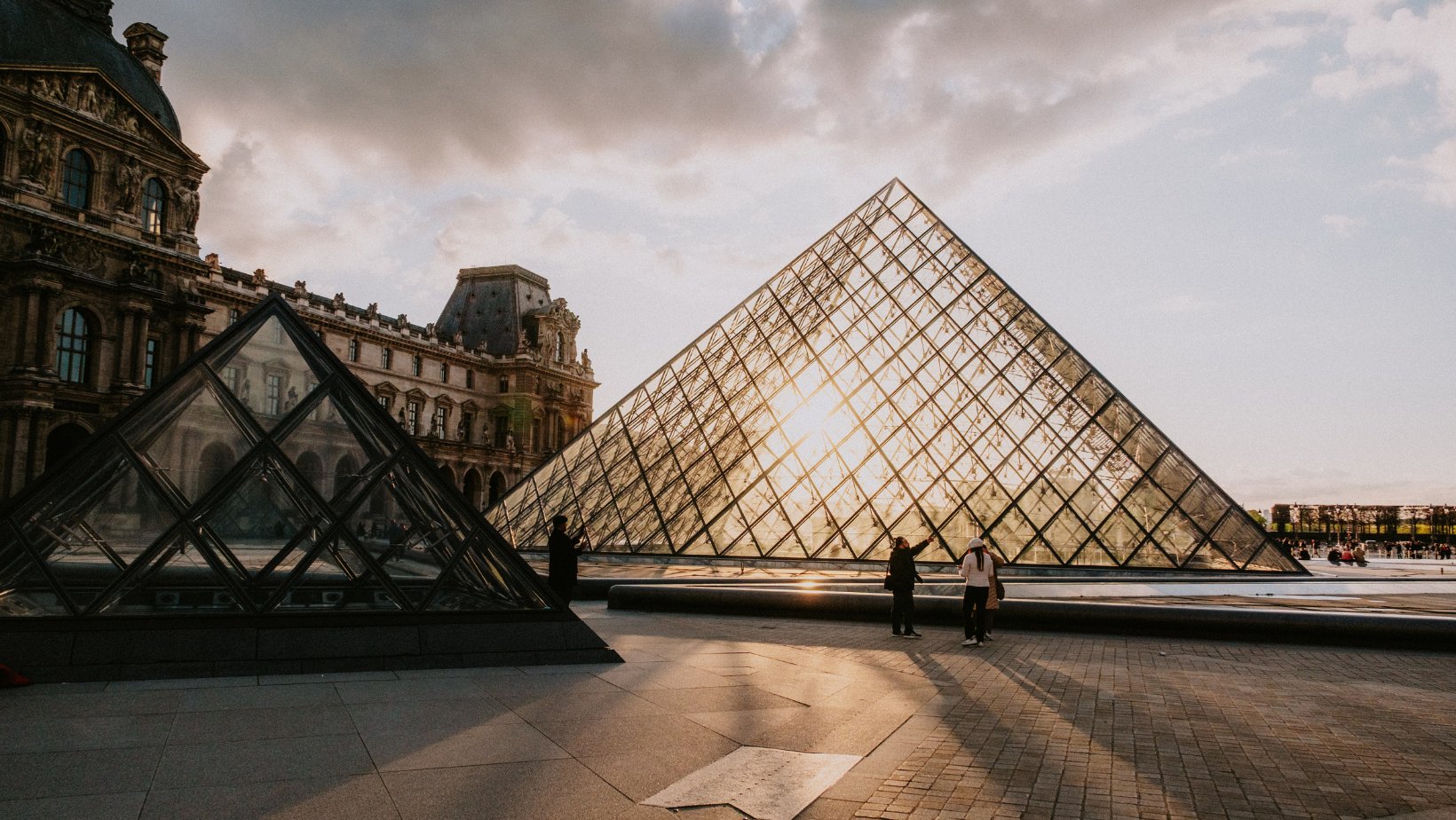

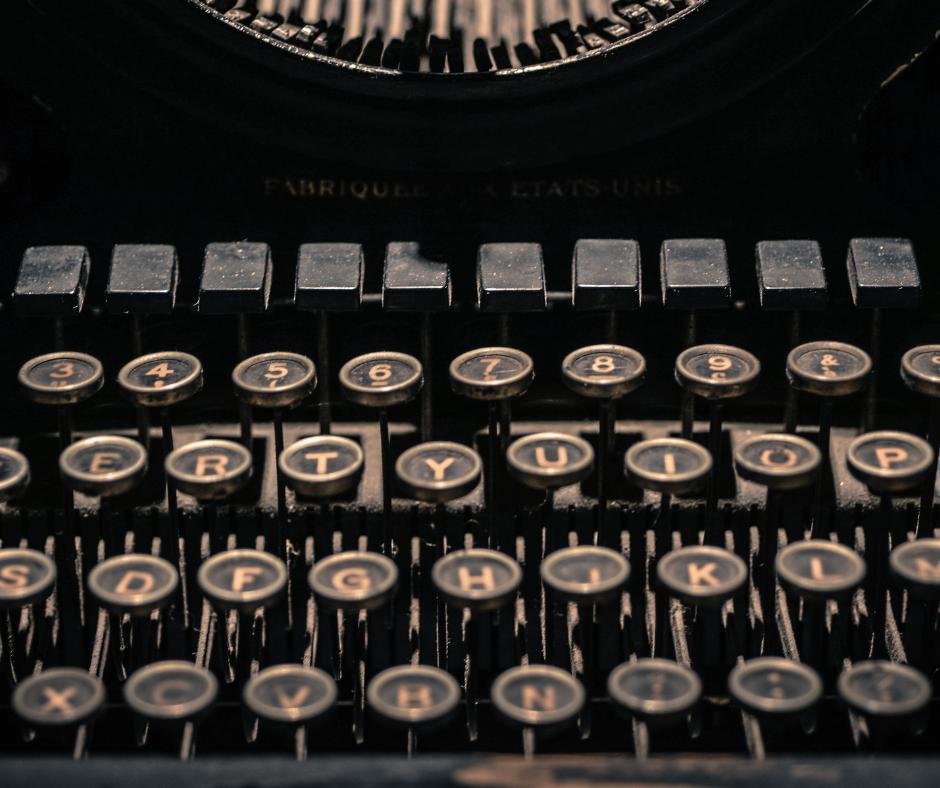
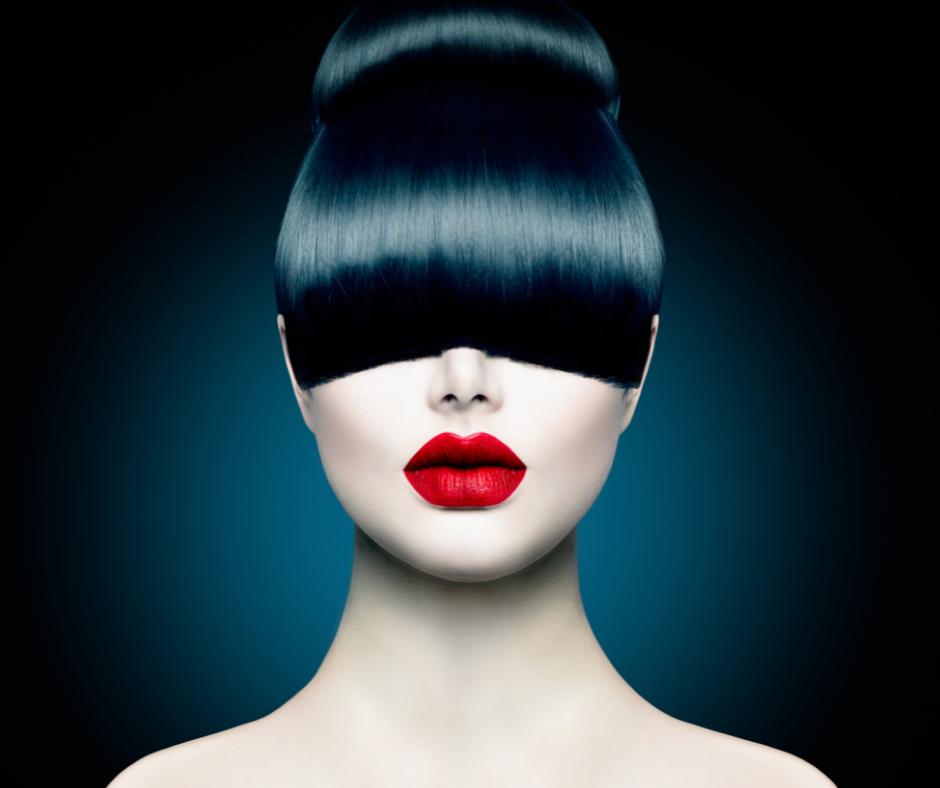
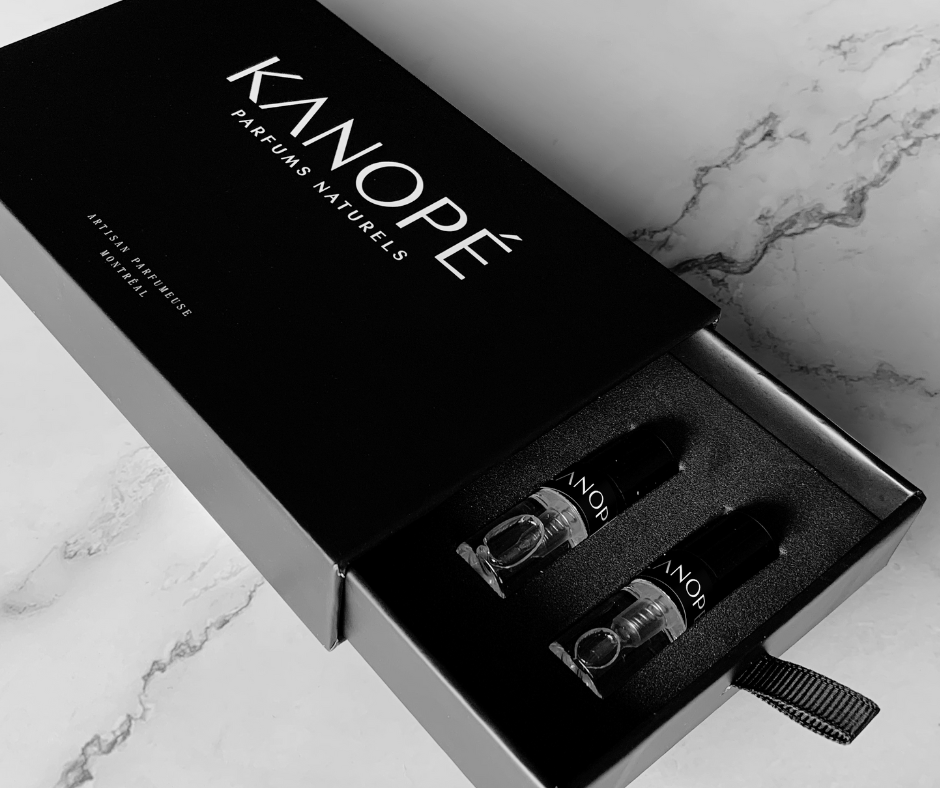





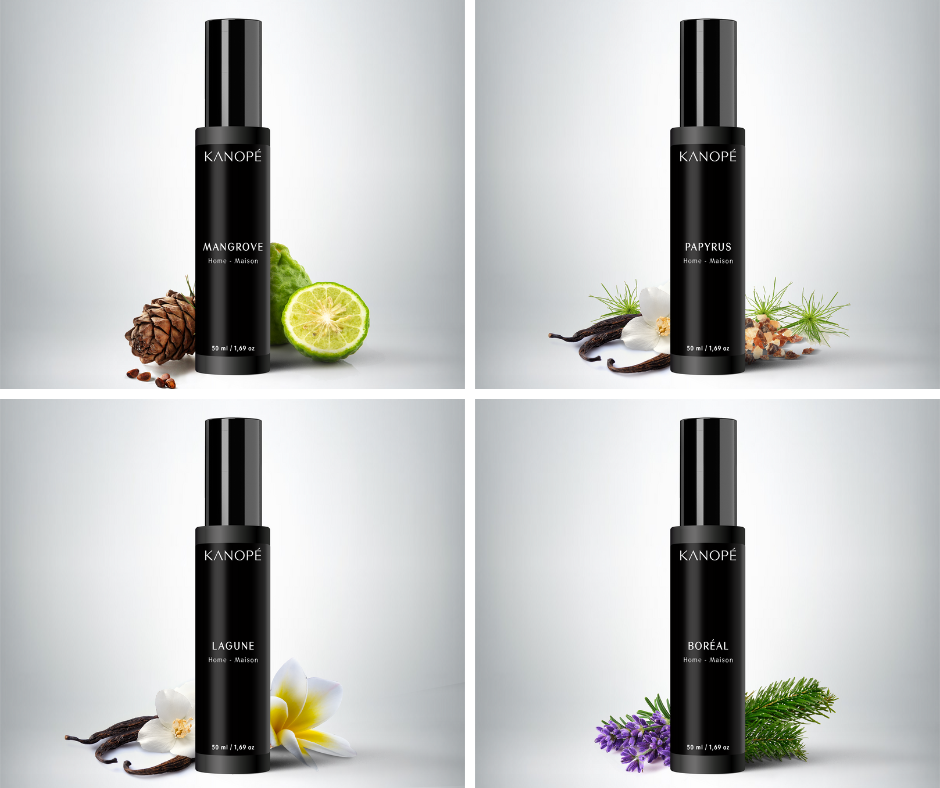
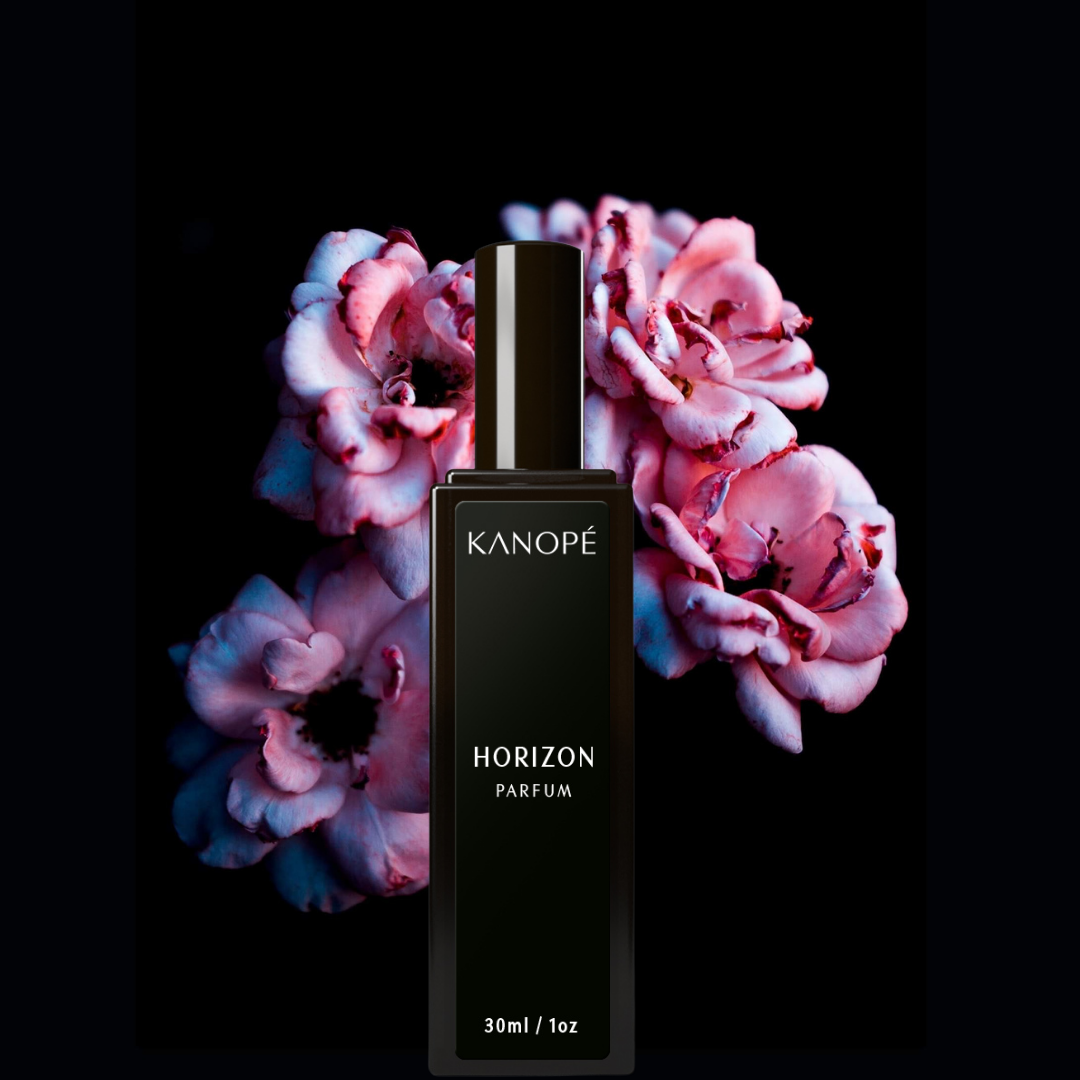

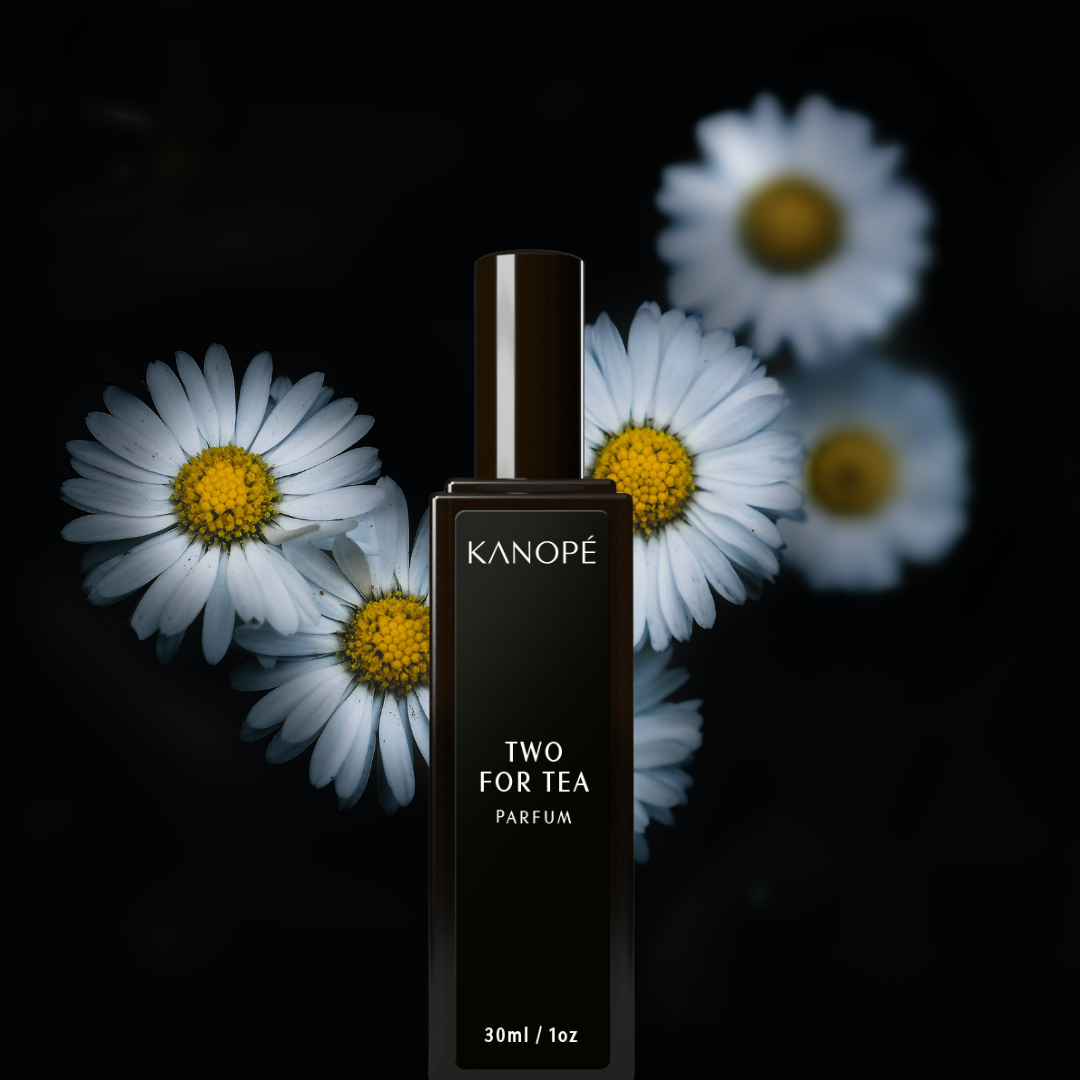
Leave a comment